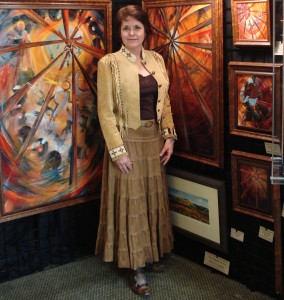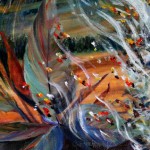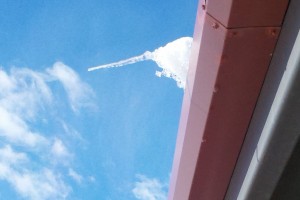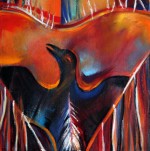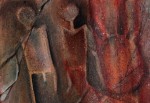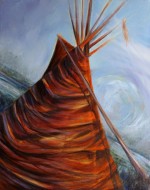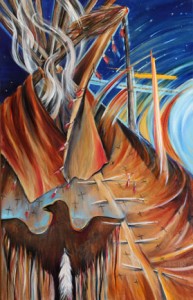Battle of the Greasy Grass
24 x 36” Oil Paining on Prepared Masonite Panel
The Battle of the Greasy Grass, as it is known by Native Americans, is also called Custer’s Last Stand or the Battle of the Little Bighorn. I’d welcome your comments!
Depicted in this painting is the crossing of the Little Bighorn River by Major Reno of Custer’s 7th Calvary, making a desperate retreat.
My painting is rendered as though the story was told and re-told by the Plains Indians victors, while inside a tipi. The Battle of the Greasy Grass marked a coming together of numerous Plains Indian tribes for a decisive victory over the U.S. Calvary in 1876. Sadly, this battle marked the beginning of the end of the Indian Wars and the end of a way of life.
Images in this painting are inspired by the ledger art of Amos Bad Heart Buffalo, (Also known as Amos Bad Heart Bull) who recorded tales told to him by both his uncle and his father, who fought in the Battle of the Greasy Grass. To learn more about Native American ledger art, I highly recommend the following link published by the University of California, San Diego: https://plainsledgerart.org
This and other of my paintings are currently offered for sale at Prairie Edge Gallery in Rapid City, SD.



